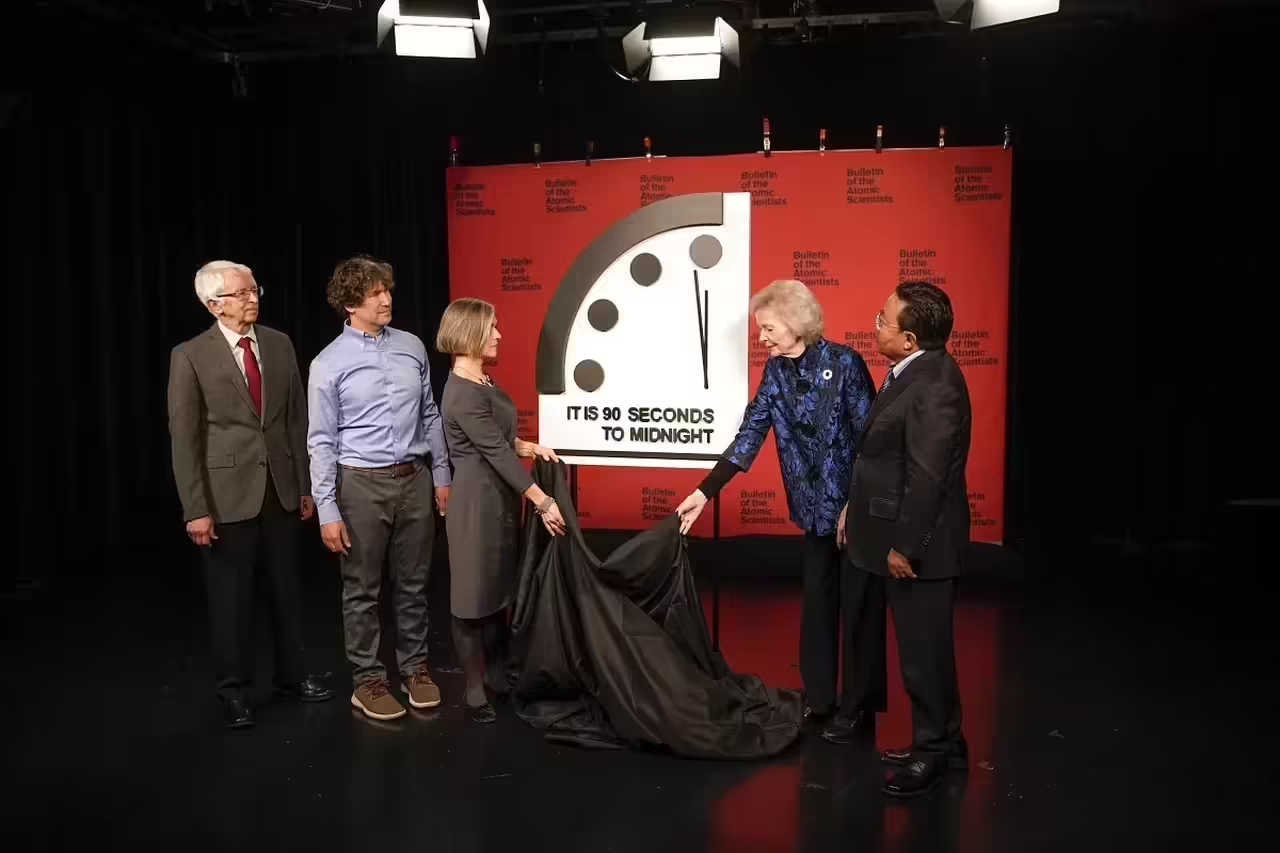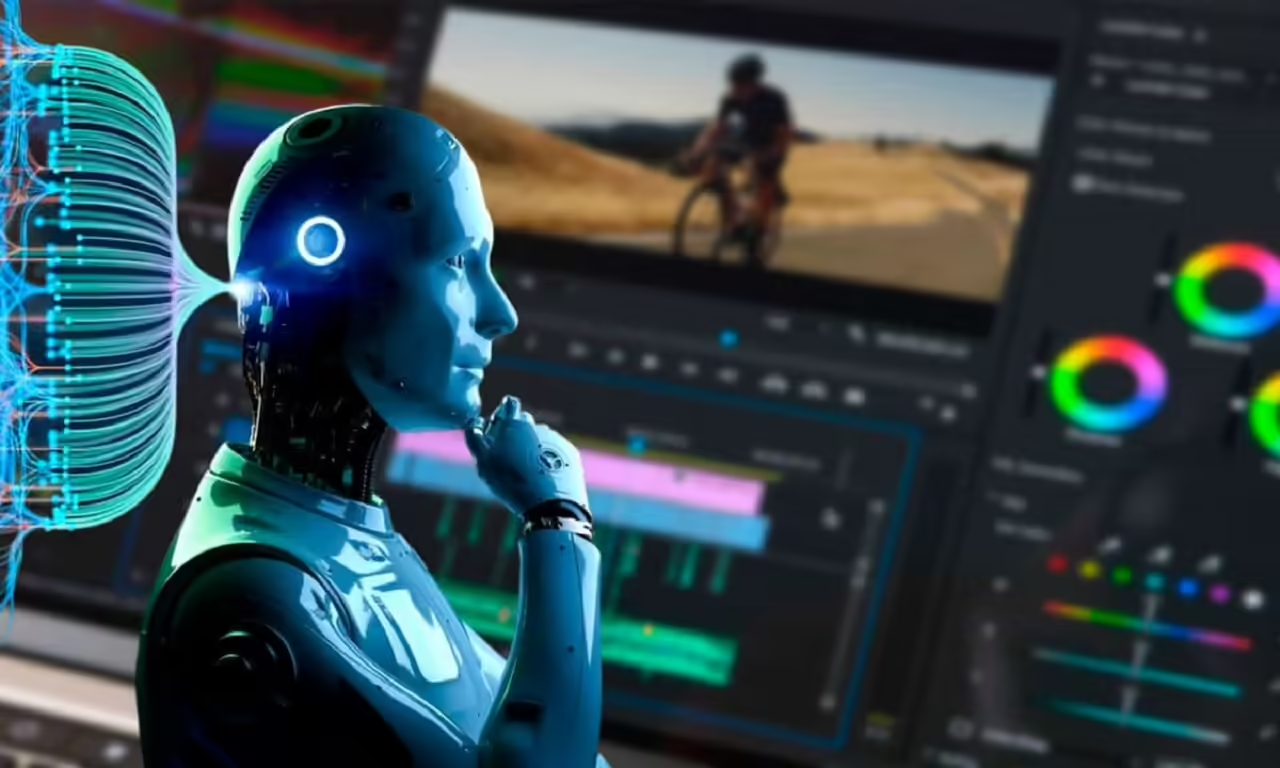
In the digital era, the way we consume content has undergone a significant transformation. Live streaming platforms like Twitch have emerged as protagonists in this revolution, connecting millions of people worldwide through the live streaming of video games, live events, and creative content.
What is Twitch?
Twitch is a live streaming platform that was launched in 2011, initially focused on the gaming industry. Since then, it has evolved and expanded to encompass a wide variety of content, including live talks, concerts, art, and more. The platform allows creators to stream in real-time, and viewers can interact through live chats, creating a unique social experience.
The Rise of Content Creators
One of the highlights of Twitch is the creation of communities around content creators. Streamers, as they are known, share their skills, passions, and interests in real-time, establishing direct connections with their followers. This model has led to the emergence of influential and successful personalities that, in many cases, have transcended the platform to become recognizable figures in pop culture.
Diversification of Content on Twitch
While video games remain a fundamental pillar on Twitch, the platform has diversified its content offering. Users can now enjoy streams ranging from live cooking sessions to musical performances, art tutorials, and in-depth conversations. This variety has contributed to making Twitch an inclusive space that embraces different forms of expression and entertainment.
Culture of Participation and Interactivity
Interactivity is at the core of the Twitch experience. Viewers can actively participate in streams through live chats, donations, and channel subscriptions. This direct connection between creators and the audience has generated a new form of collaborative entertainment, where instant feedback and real-time participation are crucial.
Challenges and Controversies
As Twitch has grown in popularity, it has also faced challenges and controversies. Issues such as online harassment, content moderation, and copyright violations have led the platform to adapt and improve its policies to maintain a safe and ethical environment.
Cultural Impact of Twitch
Twitch has left an indelible mark on contemporary digital culture. The platform has not only redefined how we consume online content but has also democratized content creation, allowing anyone with an internet connection and a passion to share their voice with the world. Additionally, Twitch has influenced how brands engage with their audiences, opening new possibilities for advertising and collaboration.
What is Twitch? Definition and Origin of the Live Streaming Platform
Twitch is a live streaming platform that allows users to stream and watch content in real-time. Although initially focused on video game streaming, it has expanded its scope to include a variety of content, from sports events and concerts to creative broadcasts and live conversations. Founded in 2011, the platform has become a fundamental pillar of contemporary digital culture.
Origin and Foundation
Twitch was founded by Justin Kan and Emmett Shear as an extension of Justin.tv, a broader live streaming platform covering various topics. The growing demand for gaming-related content led to the independent launch of Twitch in June 2011. The platform quickly gained popularity, attracting gamers and viewers eager to participate in a more specialized streaming experience.
Initial Focus on Video Games
From its inception, Twitch stood out as the epicenter of live video game streaming. Gamers could stream their gameplay, share strategies, and comment on the latest releases. Interactivity through live chats allowed viewers to communicate directly with content creators, creating a unique connection that drove the platform’s exponential growth.
Explosive Growth and Popularity
Twitch’s growth was spectacular, attracting millions of monthly users. The platform became the go-to place for gaming enthusiasts, with live events, competitions, and game launch streams drawing massive audiences. This period culminated in Amazon’s acquisition of Twitch in 2014, a strategic move that provided additional resources for the platform’s development and expansion.
Diversification of Content
After the Amazon acquisition, Twitch expanded its focus beyond video games. Categories like “Twitch Creative” allowed users to stream creative activities such as art and design, while the introduction of the “IRL” (In Real Life) category enabled creators to share aspects of their daily lives.
Acquisition by Amazon
In 2014, Twitch was acquired by Amazon for nearly a billion dollars. This acquisition provided additional resources to Twitch, allowing it to expand and enhance its infrastructure to meet the growing demand.
Cultural and Social Impact
Twitch has had a significant impact on digital culture and how we consume content online. The platform has given rise to new forms of entertainment, contributed to the emergence of online communities, and provided opportunities for content creators to build successful careers.
History and Evolution of Twitch: A Journey from its Beginnings
Foundation and Justin.tv (2007-2011): Twitch finds its roots in Justin.tv, a live streaming platform founded in 2007 by Justin Kan and Emmett Shear. Initially, Justin.tv allowed live streaming of various activities, but it quickly became evident that the gaming category was gaining popularity. In response to this growing demand, the idea of a dedicated gaming platform emerged, leading to the birth of Twitch in June 2011.
Twitch.tv and Focus on Video Games (2011-2013): With the launch of Twitch.tv, the platform exclusively focused on streaming content related to video games. Gamers found a space on Twitch to share their gameplay, strategies, and real-time experiences. Interactivity through live chats allowed viewers to connect directly with content creators, establishing a unique and engaged community.
Explosive Growth and Popularity (2013-2014): Twitch’s growth was extraordinary, attracting millions of monthly users. The platform became the go-to destination for gaming enthusiasts, with live events, competitions, and game launch streams drawing massive audiences. This period culminated in Amazon’s acquisition of Twitch in 2014, a strategic move that provided additional resources for the platform’s development and expansion.
Diversification of Content (2015 onwards): After the Amazon acquisition, Twitch expanded its focus beyond video games. The introduction of categories like “Twitch Creative” allowed users to stream creative activities such as art and design, and “IRL” (In Real Life) enabled creators to share aspects of their daily lives. This diversification contributed to Twitch becoming a destination for a variety of real-time content.
Special Events and Collaborations (2018 onwards): Twitch solidified its position as a platform for live events, from concert streams and sports events to collaborations with brands and celebrities. These special events not only attracted new audiences but also showcased the platform’s versatility in terms of live entertainment.
Challenges and Adaptations (2020 onwards): Twitch faced challenges, including issues related to online harassment, copyright violations, and the need to improve content moderation. The platform responded by implementing stricter policies and enhanced moderation tools to maintain a safe and ethical environment.
Cultural Influence and Continued Evolution (2021 and beyond): As we enter the 2020s, Twitch continues to play a fundamental role in digital culture. Its impact goes beyond video games, influencing how society consumes and engages with online content. With its ongoing evolution, Twitch remains a driving force in the digital entertainment landscape.
How Twitch Works: Breakdown of the Mechanics and Technology Behind Live Streams
Live Streaming and Encoding: The essence of Twitch lies in the ability to stream content in real-time. Content creators use streaming software like OBS (Open Broadcaster Software) or XSplit to capture their screens, cameras, and microphones. These programs encode the signal into a format that can be streamed over the internet.
Twitch Servers: Once the content is encoded, it is sent to Twitch servers. The platform uses a global network of servers to ensure smooth and low-latency streaming. These servers distribute the content to viewers efficiently, considering each viewer’s geographical location to minimize latency.
Interactivity through Chat: One of Twitch’s distinctive features is interactivity through live chat. Viewers can send real-time messages that are visible to the creator and other viewers. This chat uses Internet Relay Chat (IRC) servers to manage real-time communication, enabling a more participatory viewing experience.
Bits and Subscriptions: Twitch offers ways for direct financial support to content creators. Viewers can purchase “bits,” a virtual currency, to send to streamers during broadcasts. Additionally, viewers can subscribe to channels through a monthly subscription that provides additional benefits, such as custom emotes and access to exclusive content.
Content Moderation: To maintain a safe and respectful environment, Twitch has content moderation tools. Moderators can manage the chat, remove inappropriate messages, and take action against unwanted behaviors. The platform also uses algorithms and automated moderators to identify and filter prohibited content.
Content Storage: Live streams are temporarily stored on Twitch servers. Additionally, the platform offers the option for creators to archive their streams so that viewers can watch them later in the video-on-demand (VOD) section.
Community Development: Twitch fosters community development by allowing content creators to form teams, collaborations, and joint events. Streamers can organize tournaments, talks, and other events to build and strengthen their communities.
Integration with Extensions and API: Twitch allows developers to create extensions that add additional features to streams. These extensions can include interactive polls, additional information panels, and more. The Twitch API also allows developers to create applications that interact with the platform in various ways.
The Role of Streamers: Analyzing the Figure and Influence in the Twitch Community
Content Creators and Entertainers: Streamers are essential to Twitch’s dynamics as creators who livestream. Their main role is to entertain the audience, whether through video game streaming, live events, creative activities, or simple interaction with their community. Their unique style and personality often attract viewers and build a base of loyal followers.
Community Builders: Streamers have the ability to build and lead communities on Twitch. Through the interactivity of live chat, streamers can connect directly with their followers, building a community around shared interests, values, and the personality of the streamer. This close connection fosters a sense of belonging and active participation.
Digital Influencers: Many streamers become digital influencers, capable of influencing the decisions and preferences of their audience. Their recommendations on products, games, music, or other topics can have a significant impact. Brands also recognize the influence of streamers and often seek partnerships to promote products or events.
Diverse Entertainment Platform: Streamers are not limited to just video games. Twitch has evolved to include a variety of content, from creative streams and live talks to sports events and concerts. Streamers play a key role in diversifying the content offering on the platform, attracting a broader audience with diverse interests.
Business Models and Sustainability: For many streamers, Twitch is not just an entertainment platform but also a source of income. Revenues can come from viewer donations, monthly subscriptions, advertising, and collaborations with brands. This diversification of income sources allows streamers to build sustainable careers in the online content world.
Responsibility and Ethical Behavior: Given their influence over their audience, streamers also have ethical responsibilities. They are expected to maintain respectful and ethical behavior in their streams and interactions with the community. The actions of streamers can have a significant impact, both positively and negatively, on the perception of the platform and themselves.
Impact on Digital Culture: Streamers contribute to the creation and evolution of digital culture. Their memes, unique expressions, and how they address current topics can influence online conversations and pop culture in general. Twitch becomes a space where trends in contemporary digital culture are shaped and reflected.







